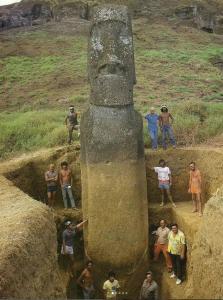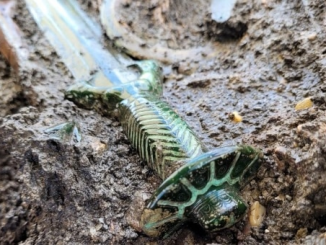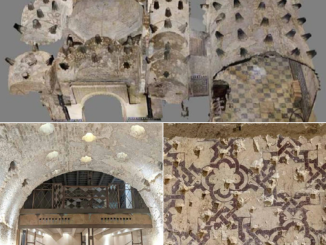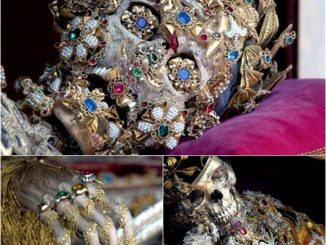The Guardians of Easter Island
Nestled in the vastness of the Pacific Ocean, Easter Island, or Rapa Nui as it is known to its indigenous people, is home to one of the world’s most enigmatic and awe-inspiring creations: the Moai statues. These massive megalithic figures have stood watch over the island for centuries, their origins shrouded in mystery and their purpose the subject of much speculation. Carved from the island’s volcanic tuff, the Moai are a testament to the ingenuity and determination of Rapa Nui’s early inhabitants. This blog post delves into the history, significance, and current challenges faced by these iconic monuments, inviting readers to explore the images that capture their silent vigil over an island that is as remote as it is beautiful.
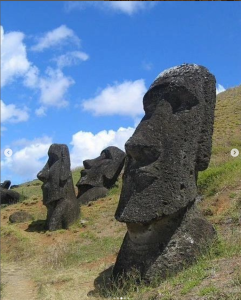
The Legacy of the Moai
The Moai statues, ranging in height from a modest few feet to towering figures standing over 30 feet tall and weighing several tons, represent the ancestors of the Rapa Nui people. It is believed they were created to oversee the island’s inhabitants, offering protection and watching over their communities. Each statue is unique, with distinct facial features that suggest a high level of personalization, possibly reflecting the individual it was meant to represent. The construction and transportation of these colossal figures remain one of archaeology’s greatest mysteries, with theories suggesting the use of wooden sleds, ropes, and a carefully organized system of manpower.
Images of these majestic statues, with their oversized heads and brooding expressions, offer a glimpse into a sophisticated culture that flourished in isolation. The visual impact of the Moai against the backdrop of Easter Island’s rolling hills and rugged coastline is not only breathtaking but also evokes a deep sense of wonder about the lives of the people who built them.
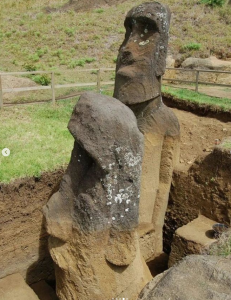
The Moai Today: Preservation Challenges
Despite their resilience, the Moai statues face numerous threats, from erosion and environmental damage to the impacts of tourism and potential vandalism. The importance of preserving these megaliths cannot be overstated, as they are not only vital to understanding the cultural heritage of Easter Island but also serve as a source of pride and identity for the Rapa Nui people. Efforts to conserve the Moai include restoration projects, studies to understand their rate of deterioration, and initiatives to manage tourism in a way that minimizes harm to the statues while allowing visitors to marvel at their majesty.
Many know them as the Easter Island heads. This is a misconception from having seen photos of statues in the volcano Rano Raraku partitially covered up with soil. Truth is that all of these “heads” have full bodies.
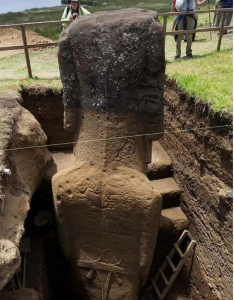
The Call to Protect Our Global Heritage
The Moai statues of Easter Island are more than just monumental works of art; they are guardians of history, standing as silent witnesses to the ingenuity and spirit of the human race. Their preservation is a shared responsibility, one that requires international cooperation and a commitment to safeguarding our world’s cultural and historical landmarks. By protecting the Moai, we honor the legacy of those who came before us and ensure that future generations can continue to learn from and be inspired by these magnificent testaments to human creativity and resilience.
As viewers explore the images of Easter Island’s Moai statues, let us all reflect on the importance of preserving such antiquities. They are not merely stones carved by distant ancestors; they are beacons of a shared human heritage that illuminates the past and guides us toward a more respectful and understanding future.
